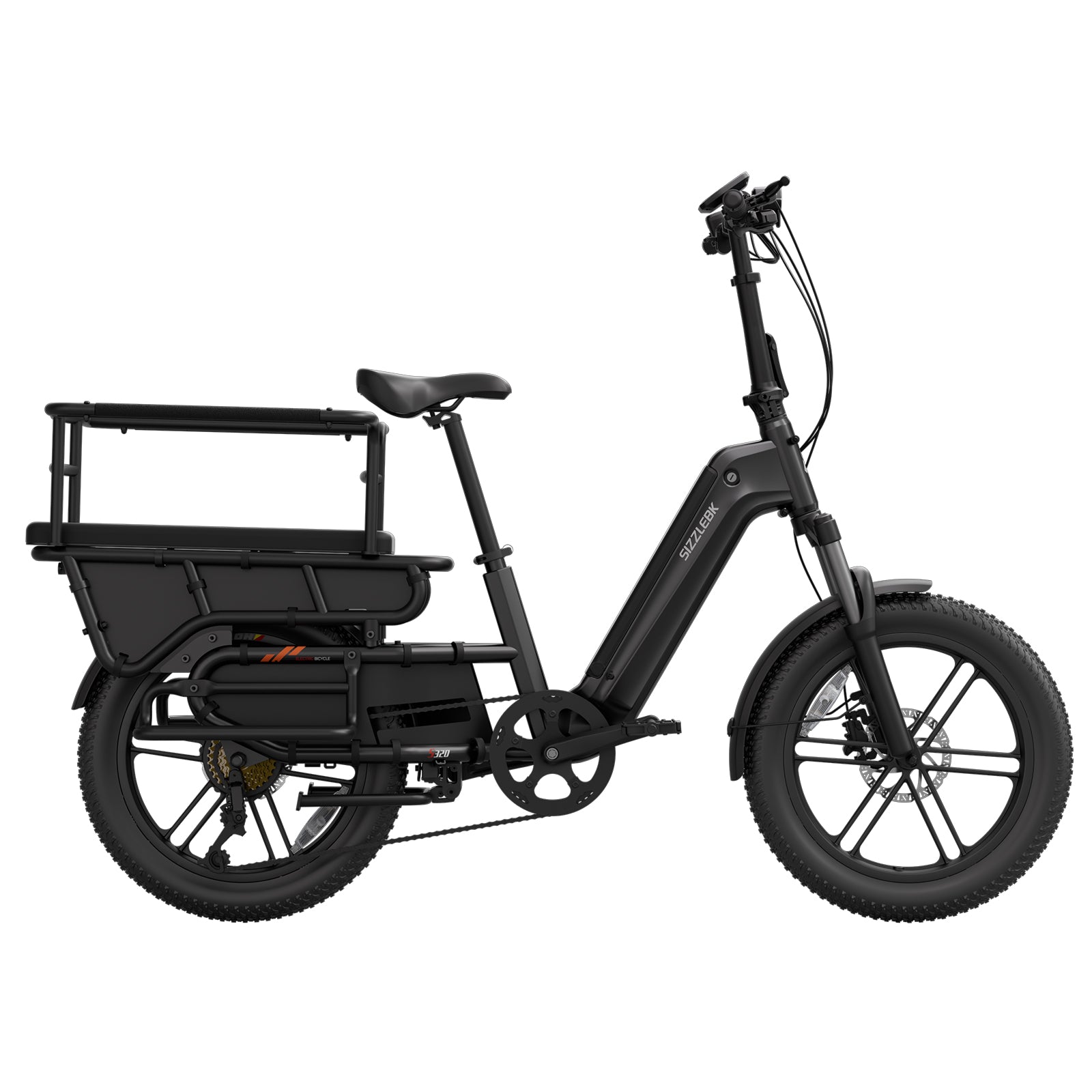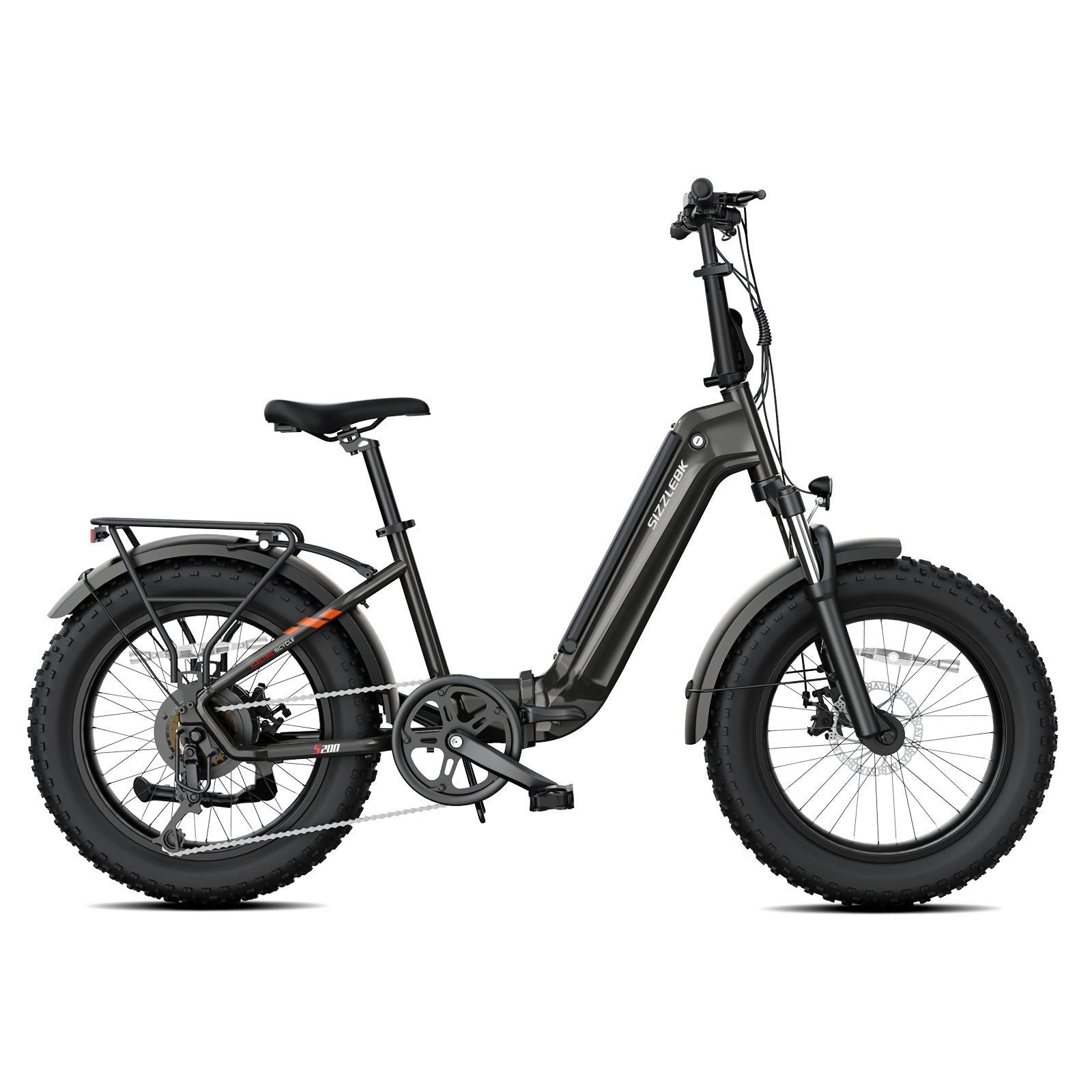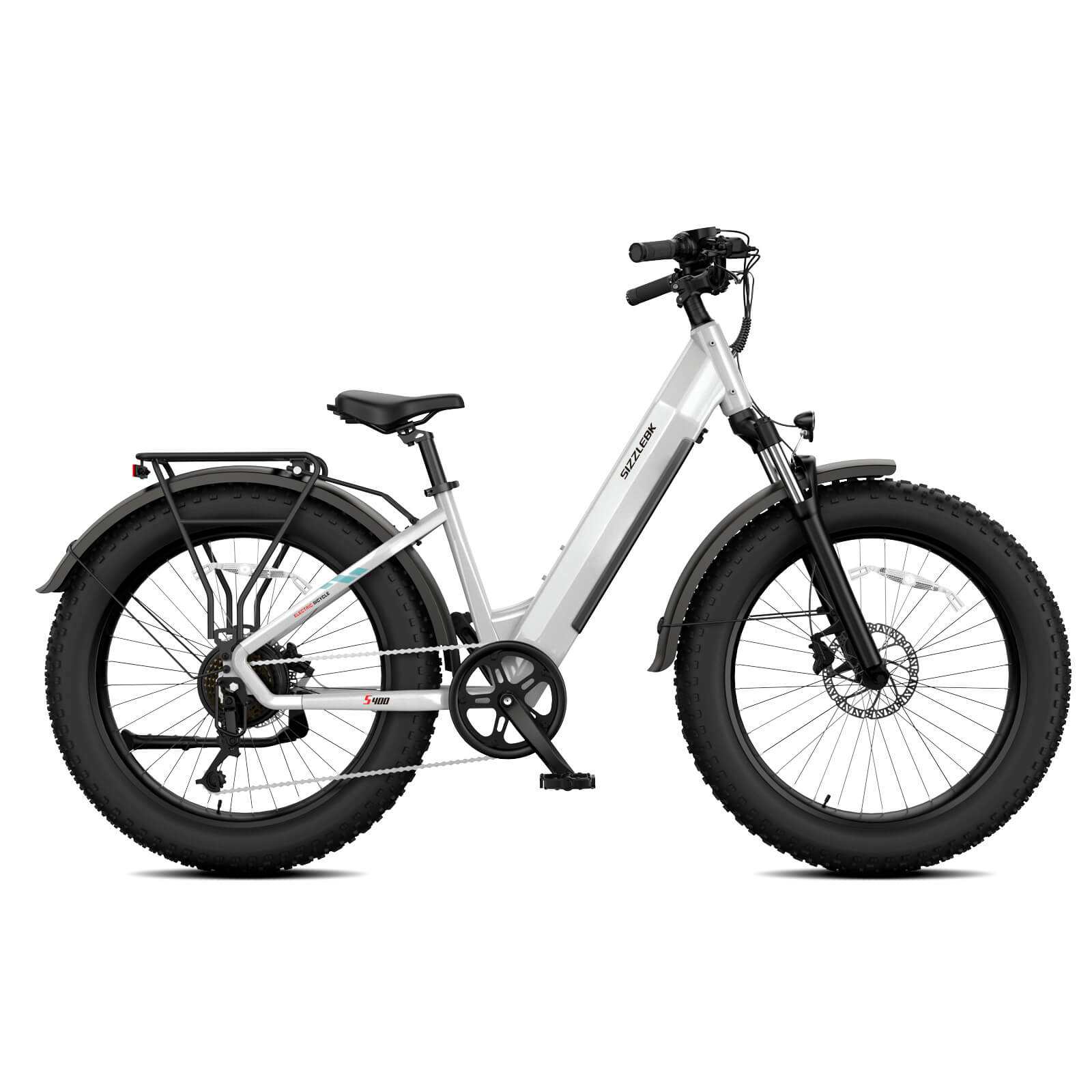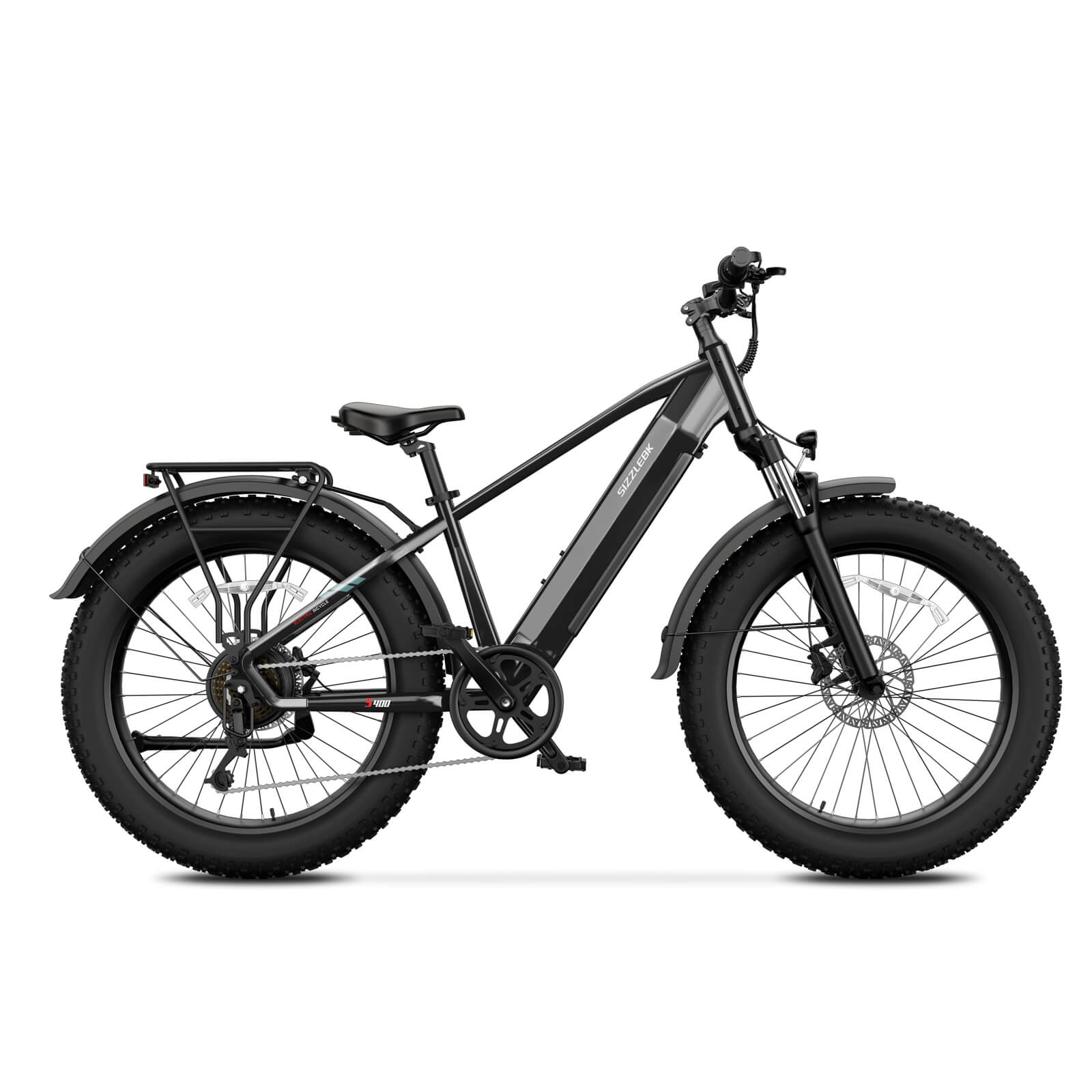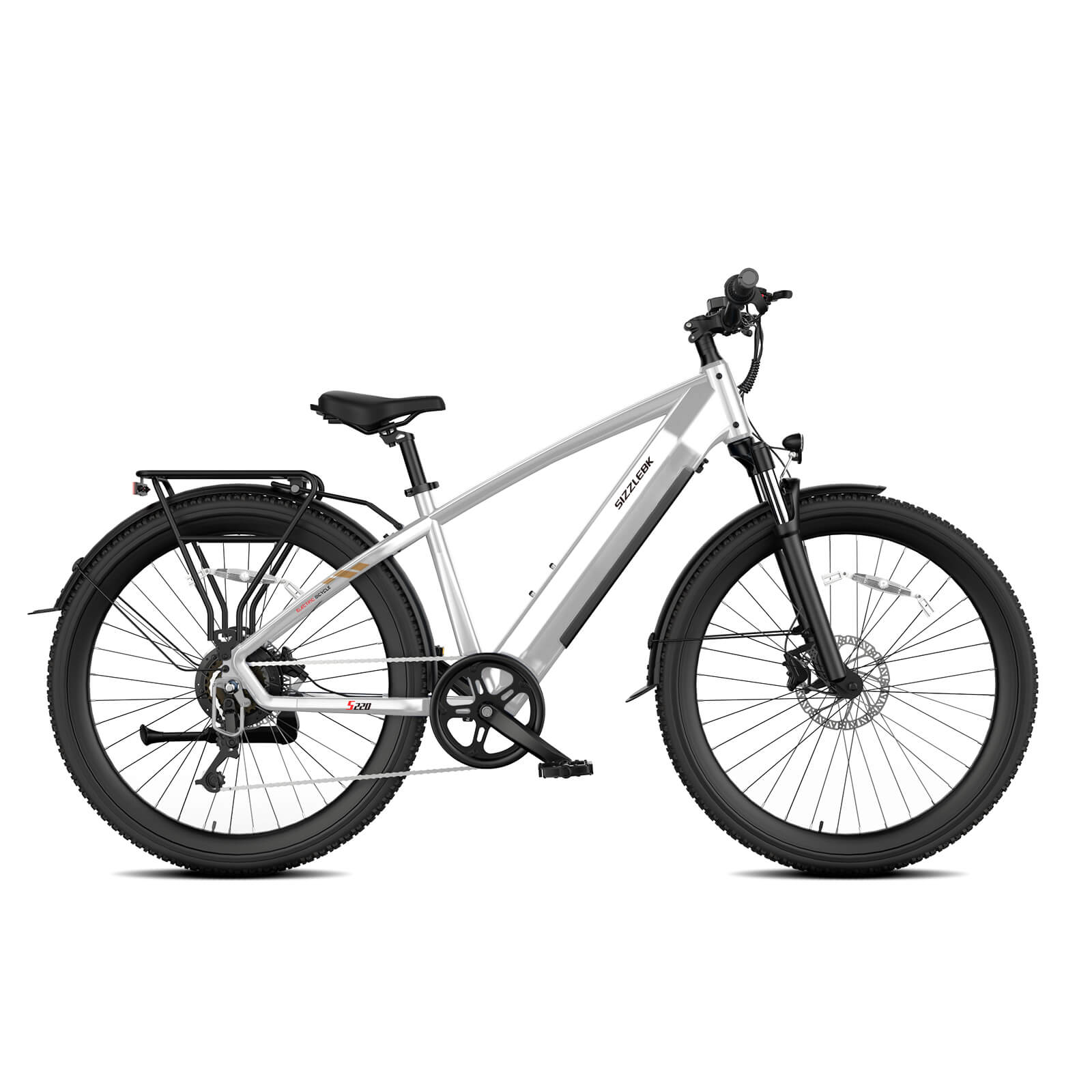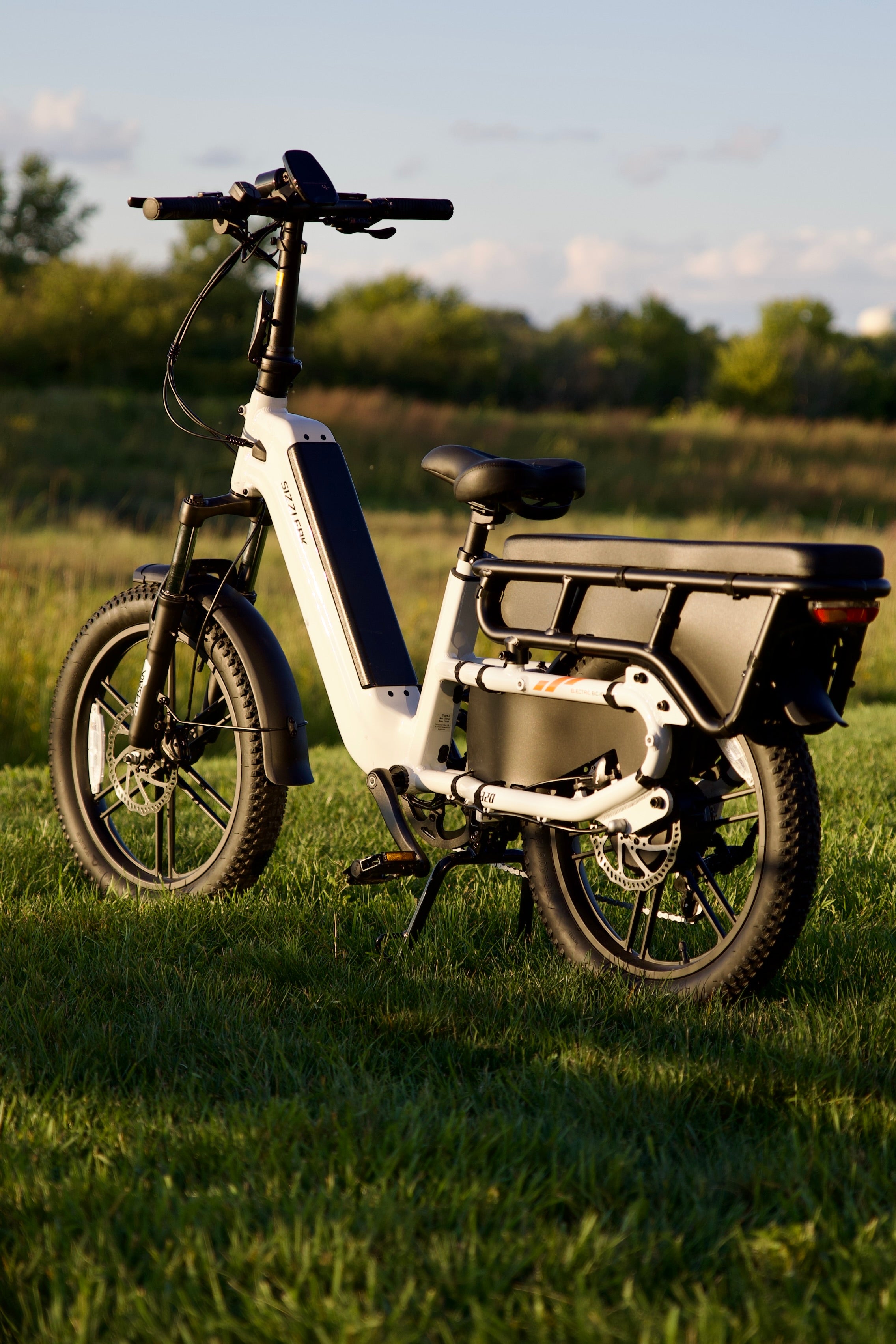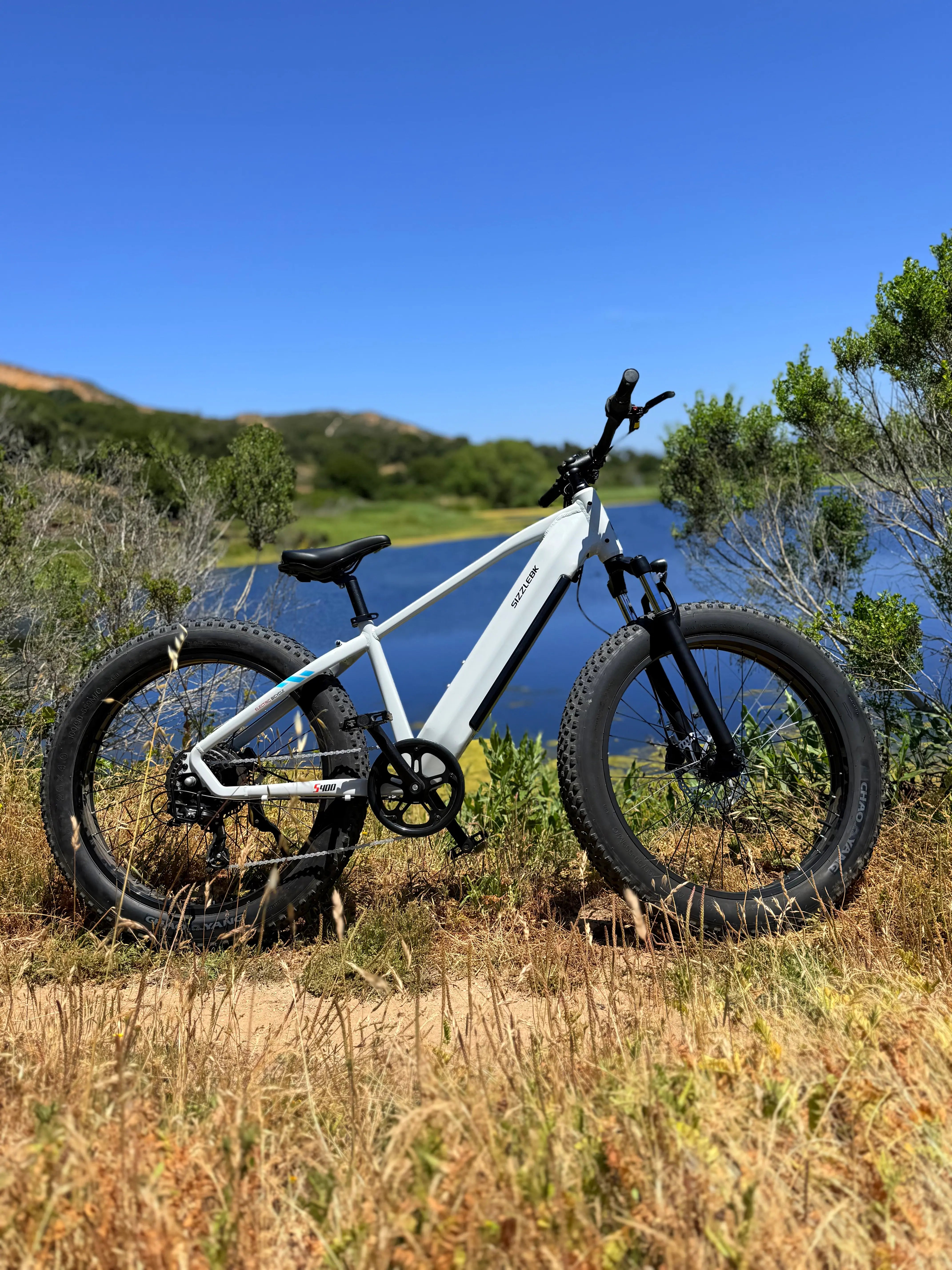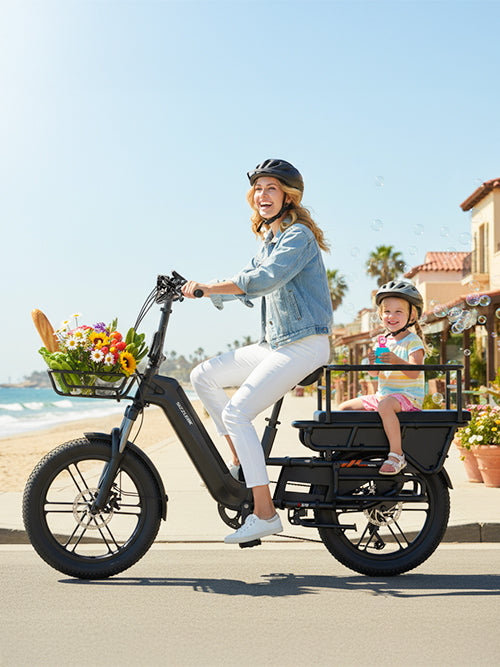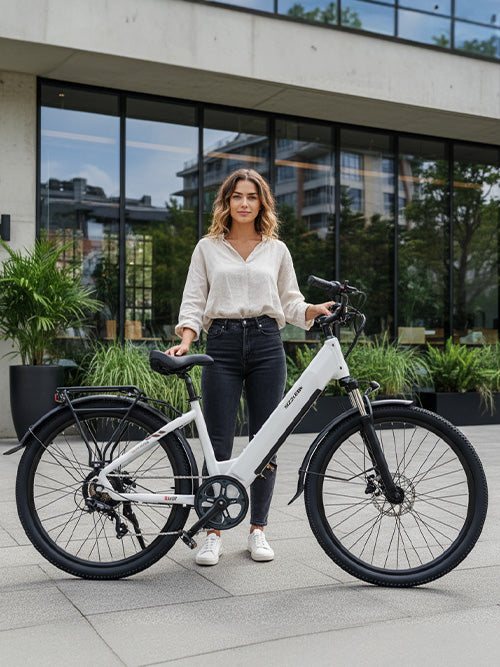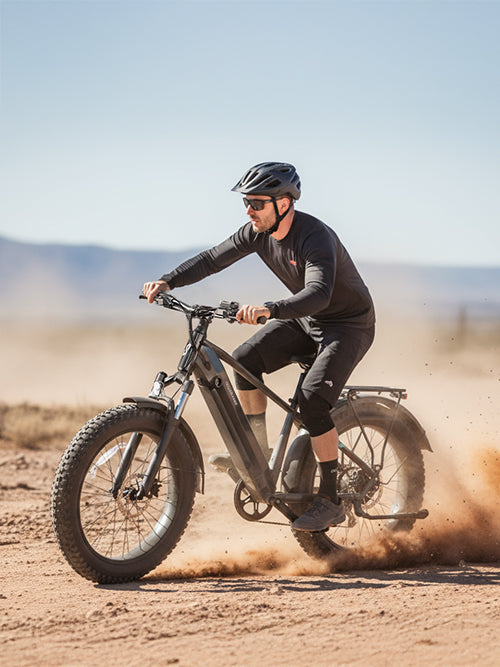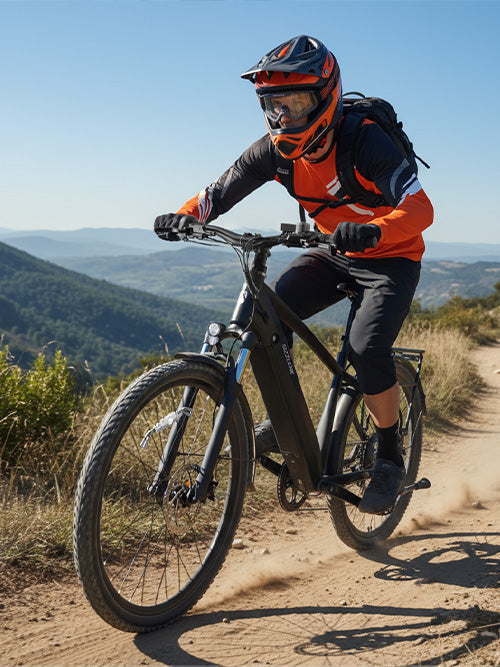Extend Lifespan, Improve Performance, and Ride Safely
Cargo ebikes—also known as electric cargo bikes—have become indispensable for urban commuters, families, and small business owners. Their ability to carry heavy loads while reducing environmental impact makes them a smart investment. However, regular maintenance is essential to ensure safety, efficiency, and long-term performance.
This guide shares practical, actionable cargo ebike maintenance tips that every rider should follow.
1. Perform Routine Inspections
Before each ride, perform a quick but thorough visual inspection of your ebike:
-
Tires: Check for cracks, low pressure, or embedded debris.
-
Brakes: Ensure smooth engagement and adequate pad thickness.
-
Frame: Look for dents, corrosion, or fatigue cracks.
-
Bolts and Accessories: Confirm racks, baskets, and bolts are securely fastened.
These checks help prevent minor issues from becoming major problems.
2. Keep the Bike Clean and Protected
Regular cleaning not only keeps your ebike looking good but also prevents mechanical and electrical issues.
-
Use a mild bike-specific cleaner and a soft cloth.
-
Avoid high-pressure water near electrical parts.
-
Dry the bike completely after cleaning.
-
Clean the drivetrain and brake areas more frequently.
After cleaning, apply a protective layer (such as bike wax or silicone spray) to help repel water and grime, especially on the frame and drivetrain.
3. Maintain Battery Health
Battery performance is central to your cargo ebike’s efficiency. Key battery maintenance tips include:
-
Charge Regularly: Don’t let it drop below 20%. Top up often.
-
Avoid Overcharging: Unplug once fully charged.
-
Temperature Matters: Charge and store in a cool, dry place.
-
Long-Term Storage: Store battery at 50–70% charge, ideally off the bike.
Routine use helps preserve capacity. If unused for extended periods, recharge monthly.
4. Tire Care and Maintenance
Proper tire pressure and condition ensure safety, control, and efficiency.
-
Use a reliable gauge to check tire pressure weekly.
-
Inflate to the manufacturer's recommended PSI range.
-
Inspect treads for wear, embedded debris, and sidewall cracks.
-
Rotate tires periodically for even wear, especially if you carry asymmetrical loads.
Adjust tire pressure based on temperature and riding terrain.
5. Brake System Checks
Brakes are a critical safety component, especially on heavy cargo ebikes.
-
Check brake pad thickness and wear pattern.
-
Test responsiveness—brakes should not feel spongy.
-
Inspect cables or hydraulic lines for damage or leaks.
-
Adjust brake tension using the barrel adjuster.
-
Apply a drop of lubricant to mechanical pivot points (never on pads or discs).
For best performance, consider upgrading to hydraulic disc brakes if your bike doesn’t already have them.
6. Chain and Drivetrain Maintenance
A well-maintained drivetrain keeps your ride smooth and efficient.
-
Lubricate the chain every 100–200 miles or after riding in rain.
-
Clean with degreaser to remove built-up grime.
-
Inspect chain wear with a chain-checker tool.
-
Replace a worn chain before it damages cassette or chainring teeth.
-
Tune shifting mechanisms regularly for smooth gear changes.
7. Electrical System and Motor Check
-
Inspect all visible wiring and connectors for wear, looseness, or corrosion.
-
Use contact cleaner to maintain clean electrical contacts.
-
Keep motor casing clean and free from dirt buildup.
-
Check with your manufacturer for firmware or system updates.
If you detect strange noises or performance issues, consult a technician familiar with ebike motors.
8. Schedule Professional Maintenance
While most basic tasks can be done at home, professional service is recommended at least once per year.
-
Have brakes, gears, and electronics professionally adjusted.
-
Request a full inspection and drivetrain cleaning.
-
Maintain a record of repairs and service appointments for warranty or resale purposes.
Customized maintenance plans based on your riding frequency and cargo usage can help you stay ahead of problems.
Conclusion
Maintaining your cargo ebike doesn’t require advanced technical skills, but it does demand consistency. With regular inspections, proper cleaning, battery care, and attention to core components, your electric cargo bike will remain a safe, reliable, and efficient mode of transportation for years to come.
A proactive maintenance routine ensures better performance, reduced repair costs, and greater enjoyment every time you ride.
Frequently Asked Questions (FAQs)
1. How often should I clean my cargo ebike?
Ideally, clean your bike once every two weeks, or more frequently if you ride in wet or dusty environments. Focus on the drivetrain and braking areas for best results.
2. What is the ideal tire pressure for a cargo ebike?
Check the sidewall of your tires for the manufacturer’s PSI range. Most cargo ebikes recommend between 40–65 PSI depending on load and tire size.
3. Can I ride my cargo ebike in the rain?
Yes, most cargo ebikes are water-resistant, but avoid submerging electrical components. Always dry the bike and especially the chain after wet rides.
4. How long does a cargo ebike battery typically last?
Most lithium-ion batteries last between 500 to 1,000 charge cycles. With proper care, this translates to 3–5 years of regular use.
5. When should I replace my ebike chain?
Use a chain wear tool every few hundred miles. Replace the chain once wear exceeds 0.5–0.75% to prevent damage to the cassette and chainring.
